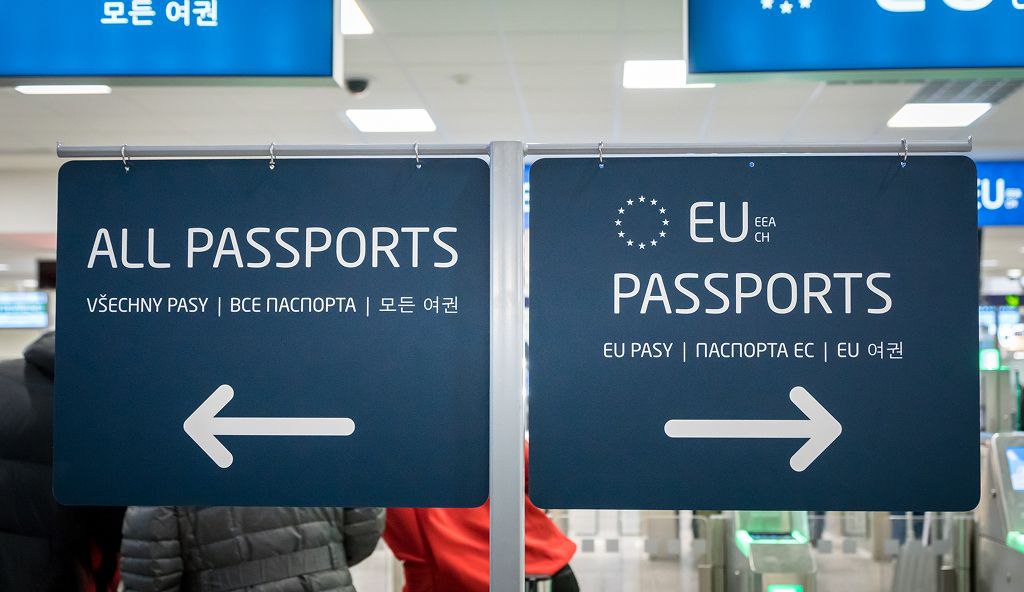- Oct 09, 2025
- 1 min read
Czechia, Estonia, and Luxembourg to Start Full EES Introduction This Weekend
Czechia, Estonia, and Luxembourg announced they will launch full Entry-Exit System (EES) implementation as the anticipated program goes into operation on Sunday, October 12.

Photo credit: Marius Karp / Shutterstock.com
Border control systems across the Schengen Area are starting to change significantly, with Czechia, Estonia, and Luxembourg announcing they will launch full Entry-Exit System (EES) implementation as the anticipated program goes into operation on Sunday, October 12.
The EES is an automated border control system that records all non-EU nationals entering and leaving the Schengen Area, using digital information like biometric records instead of physical passport stamping.
The EES–ETIAS Advisory Group recently confirmed that “all Member States are technically ready to connect to EES.” However, nations are taking different approaches in their implementation. While Czechia, Estonia, and Luxembourg are launching full implementation from October 12, Spain is only conducting initial testing at Madrid–Barajas–Adolfo Suárez Airport.
The Netherlands, meanwhile, will be introducing the EES more gradually. Countries in the Schengen Area are required to fully implement EES by April 10, 2026.
Biometric Update reported that the Estonian Ministry of the Interior has warned that “in the first few weeks, there may be longer queues than usual at border crossings, but this is a natural part of launching such a major system change.”
Travel and biometric data (e.g., facial scans and fingerprint biometrics) collected at border control will be stored for up to three years, enabling future entries with only a fingerprint or photo instead of full re-registration. The system is designed to help monitor compliance with limits on stays and strengthen border security.
While the EES will be free to use, the ETIAS travel authorization system, launching later in 2026, will cost €20.
Relevant articles
- news
- 2 weeks ago
- 1 min read

- news
- Yesterday
- 1 min read
UK data shows authorized push payment (APP) fraud losses in the UK reached £257.5 million ($338.6 million) in the first half of 2025.


